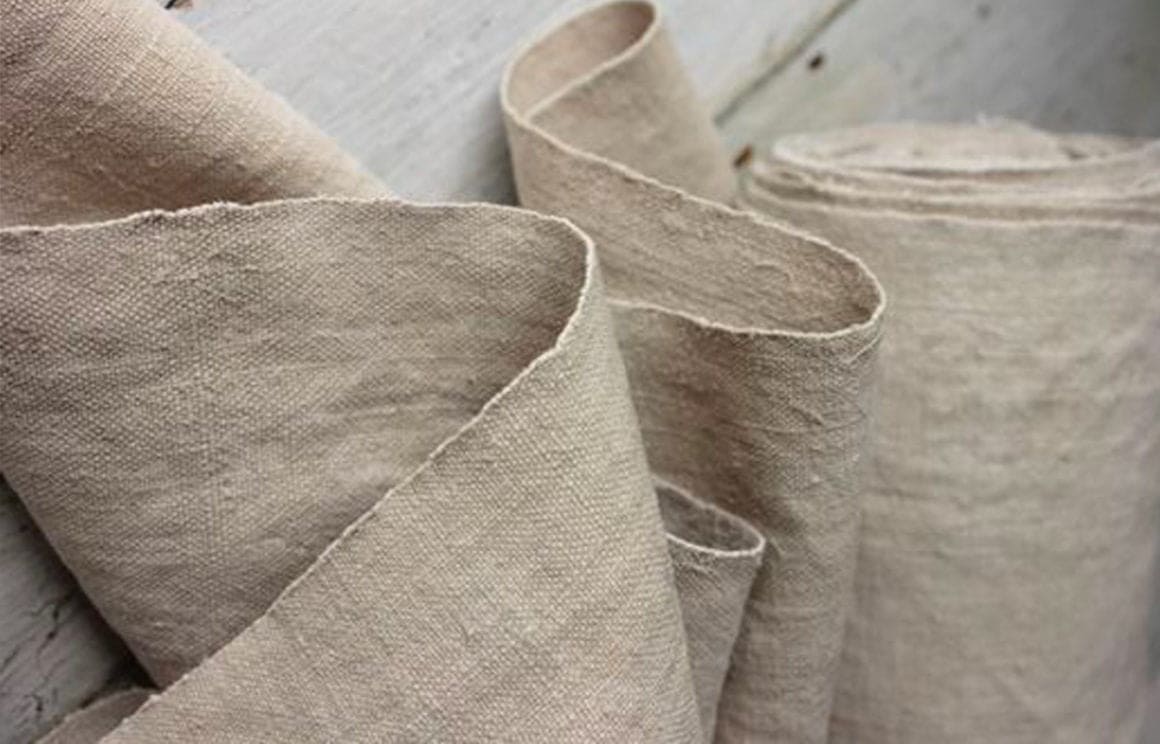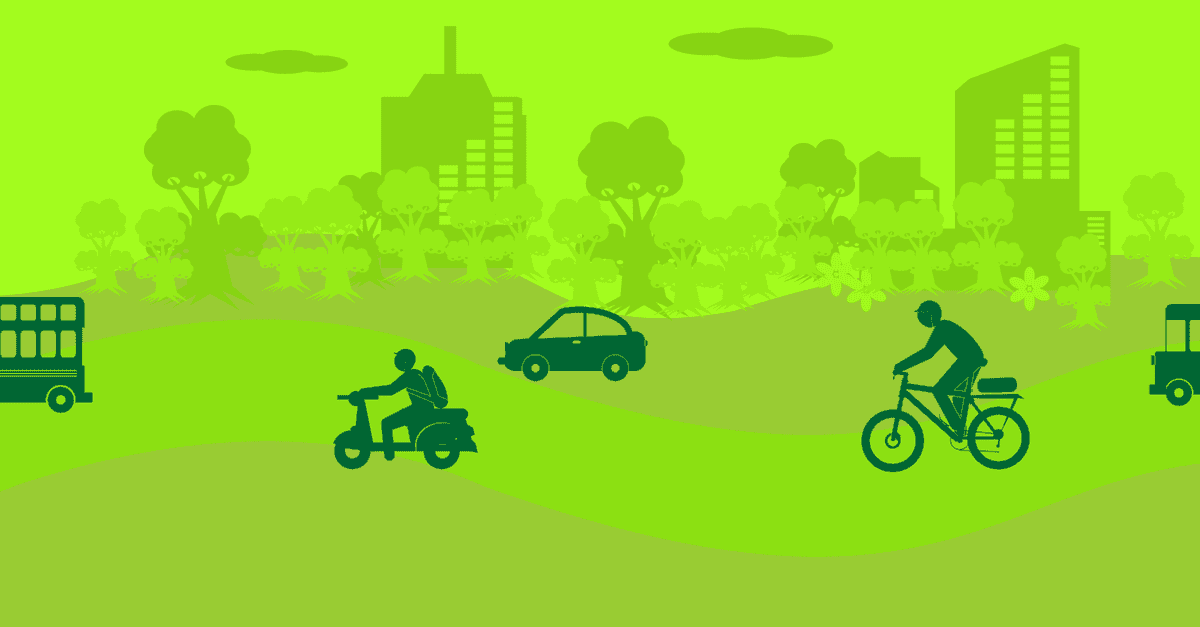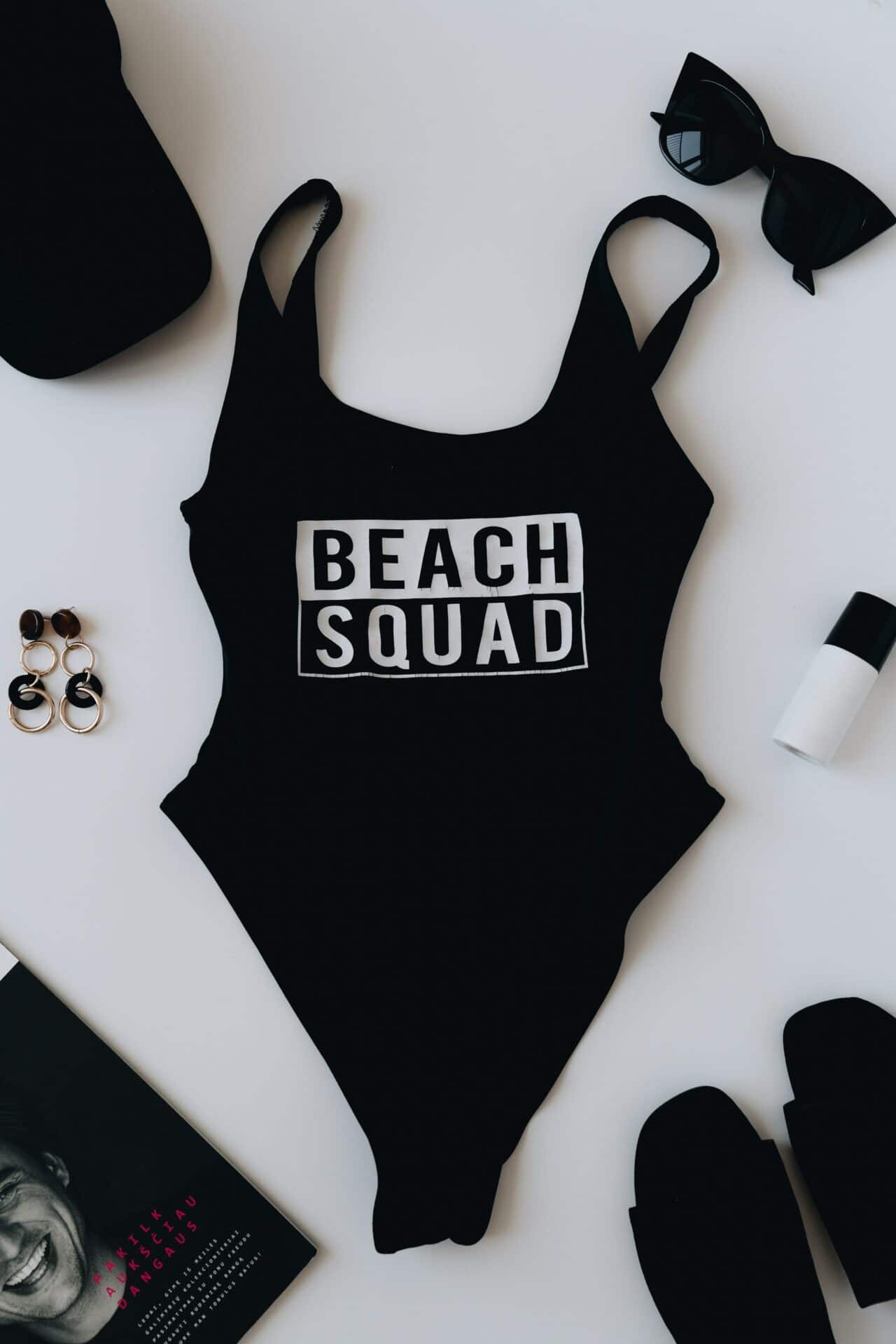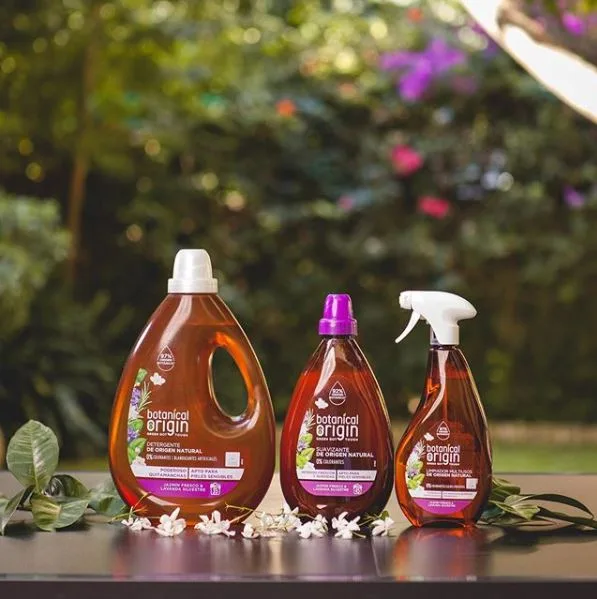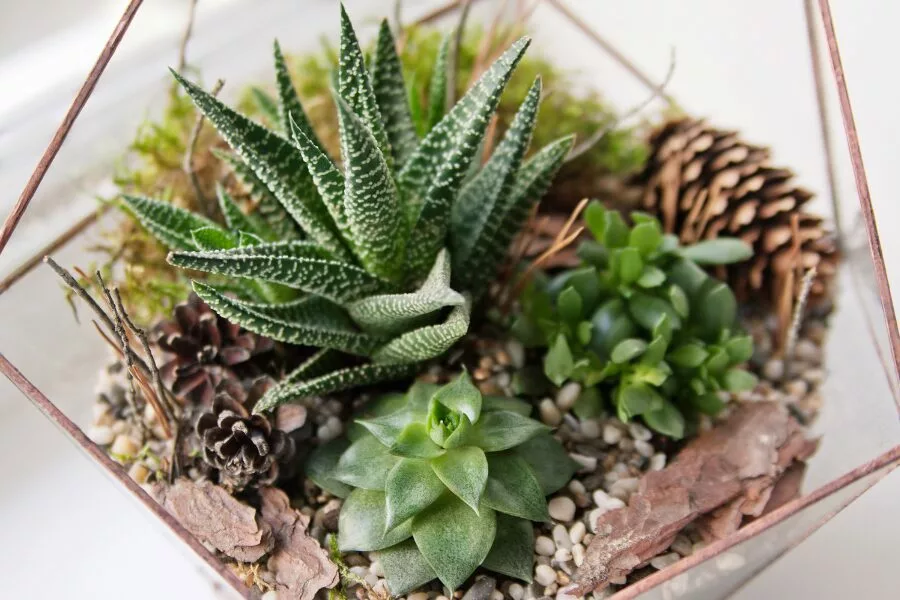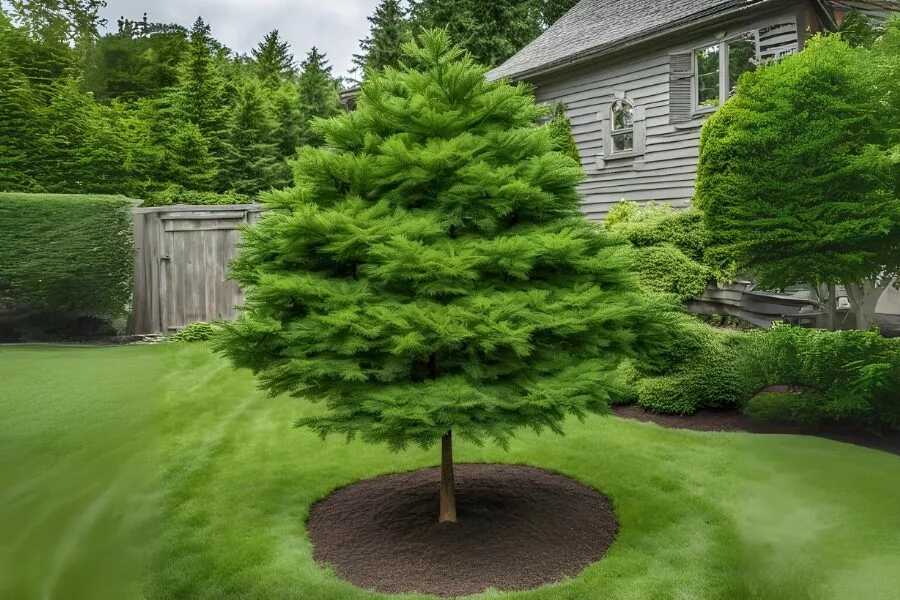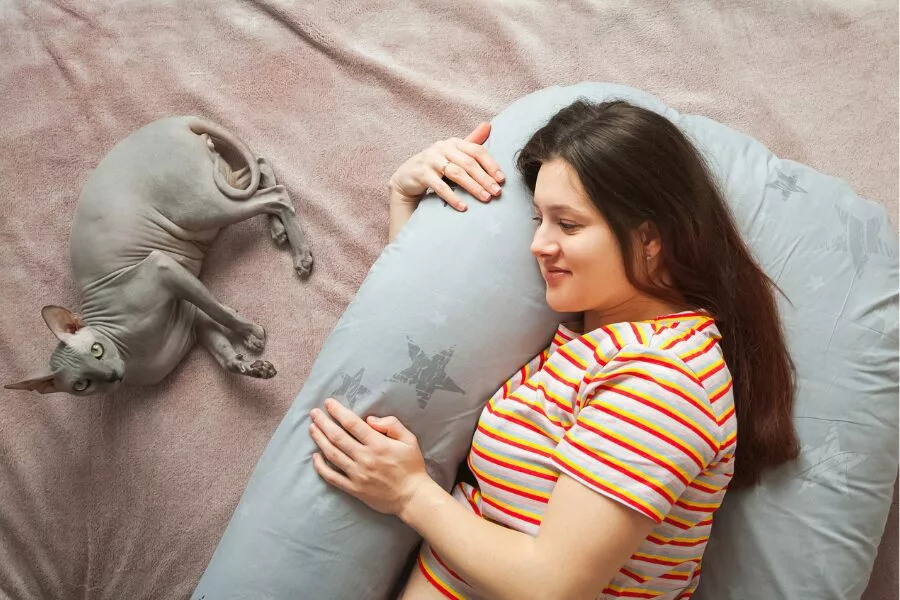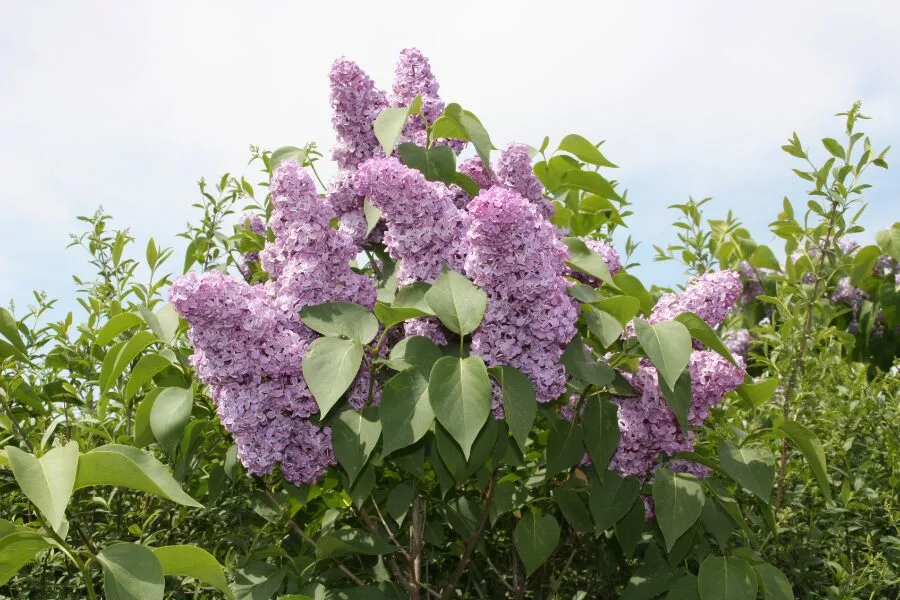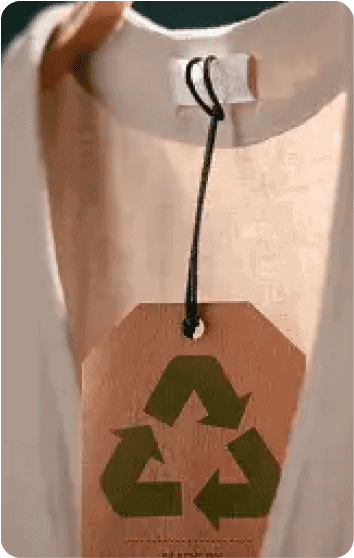Are you looking for a powerful cleaner that’s safe for your family and the environment? You’re not alone. The demand for non-toxic and eco-friendly cleaning solutions is skyrocketing. Enter sodium percarbonate cleaning agent, commonly known as hydrogen peroxide, a sustainable alternative to traditional cleaning agents.
Sodium percarbonate is a powerful cleaning compound that’s making waves in the green cleaning community. It’s essentially a combination of sodium carbonate (also known as soda ash) and hydrogen peroxide. When dissolved in water, it releases oxygen, which boosts its cleaning and bleaching powder. This combination makes it an effective and eco-friendly alternative to harsh chemicals.
In this guide, we’ll explore its uses, benefits, safety, and where to buy it. Ready to make the switch?
What is Sodium Percarbonate?

You might have heard sodium percarbonate referred to by other names, such as oxygen bleach or solid hydrogen peroxide. Despite the different names, the product and its impressive cleaning capabilities remain the same.
Sodium percarbonate is a cleaning powerhouse. It’s a compound that breaks down into sodium carbonate and hydrogen peroxide when dissolved in water. This reaction releases oxygen, giving it strong cleaning and bleaching properties. Also known as oxygen bleach, sodium percarbonate is a staple in green cleaning.
Is Sodium Percarbonate A Better Cleaning Agent?

We can argue that sodium percarbonate is indeed a better cleaning agent because of its non-toxic cleaning profile. Here are some other reasons why it’s far ahead in the race for organic, non-chemical cleaners. But let’s start with the basics:
Non-Toxic: Why risk exposure to harsh chemicals when you don’t have to? Sodium percarbonate is non-toxic, making it a much safer option for cleaning your home. Unlike chlorine bleach, it doesn’t release toxic fumes, so you can breathe easily while you clean. This is especially important for households with children, pets, or individuals with respiratory issues.
Eco-Friendly: Concerned about the environment? Sodium percarbonate is the answer. It’s biodegradable, meaning it breaks down into water, oxygen, and sodium carbonate, all of which are non-toxic and safe for the environment. Unlike many traditional cleaning agents, it doesn’t contribute to pollution, making it an excellent choice for eco-conscious consumers.
Versatile Cleaning Agent: Need an all-in-one cleaner? Look no further. Sodium percarbonate can handle a variety of cleaning tasks, from laundry to surface cleaning and even stain removal. Its versatility means you can use it throughout your home, reducing the need for multiple cleaning products and simplifying your cleaning routine.
DIY Sodium Percarbonate Cleaning Steps
Looking for natural cleaning solutions you can make at home? Sodium percarbonate is a versatile ingredient that can be used to create powerful DIY cleaners. Here are three easy uses to get you started.
Laundry Booster

Boost your laundry routine with this simple yet effective recipe. Sodium percarbonate enhances the cleaning power of your regular detergent, making your clothes cleaner and fresher.
Ingredients:
– Regular laundry detergent
– 1-2 tablespoons of sodium percarbonate
Instructions:
1. Prepare Your Laundry: Load your washing machine with clothes as usual. This booster works especially well on whites and light-colored fabrics.
2. Add Detergent: Pour your regular laundry detergent into the machine’s detergent compartment.
3. Add Sodium Percarbonate: Add 1-2 tablespoons of sodium percarbonate directly into the drum with your clothes or into the detergent compartment if it’s a top-loader.
4. Run the Wash Cycle: Start the wash cycle as you normally would. The sodium percarbonate will dissolve in the water, releasing oxygen that lifts stains and brightens fabrics.
5. Enjoy Fresher Clothes: Once the wash cycle is complete, you’ll notice your clothes are cleaner and fresher, with maintained brightness for whites and light-colored items.
Tips:
– For heavily soiled laundry, use 2 tablespoons.
– This booster is great for gym clothes, linens, and baby clothes.
Surface Cleaner
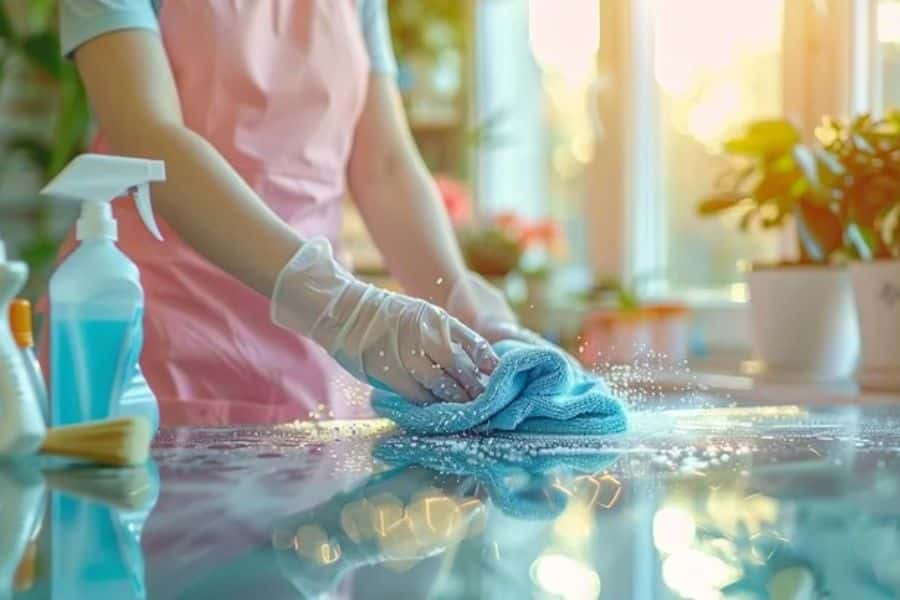
Create an all-purpose surface cleaner that’s perfect for tackling everyday grime. This solution is gentle enough for most surfaces and leaves them sparkling clean.
Ingredients:
– 1 cup of water
– 1 tablespoon of sodium percarbonate
Instructions:
1. Mix the Solution: In a spray bottle, combine 1 cup of water with 1 tablespoon of sodium percarbonate. Shake well to ensure it’s fully dissolved.
2. Apply to Surfaces: Spray the solution directly onto countertops, sinks, bathroom tiles, or any other surface that needs cleaning.
3. Scrub and Wipe: Use a cloth or sponge to scrub the area, then wipe it down with a clean, damp cloth to remove any residue.
4. Dry the Surface: For best results, dry the surface with a towel to prevent water spots and ensure a streak-free finish.
Tips:
– Use this cleaner on kitchen counters, bathroom surfaces, and even glass.
– Avoid using on delicate surfaces like untreated wood or natural stone.
Stain Remover

Tackle tough stains on fabrics, upholstery, and carpets with this powerful DIY stain remover. Sodium percarbonate’s oxygen-releasing action provides a deep clean without harsh chemicals.
Ingredients:
– 2 tablespoons of sodium percarbonate
– Water (enough to form a paste)
Instructions:
1. Mix the Paste: In a small bowl, combine 2 tablespoons of sodium percarbonate with just enough water to form a thick paste. Mix until smooth.
2. Apply to Stains: Apply the paste directly to the stain using a spoon or spatula. Make sure the stain is fully covered.
3. Let it Sit: Allow the paste to sit on the stain for about 15-30 minutes. For tougher stains, you can leave it on longer.
4. Scrub and Rinse: After the waiting period, scrub the area gently with a soft brush or cloth. Rinse with warm water to remove the paste.
5. Repeat if Necessary: For stubborn stains, repeat the process until the stain is completely gone.
Tips:
– Test on a small, hidden area first to ensure colorfastness.
– This paste works well on carpet stains, sofa spills, and clothing spots.
These simple recipes highlight the versatility and effectiveness of sodium percarbonate. By incorporating these DIY cleaners into your routine, you can enjoy a cleaner, safer home with minimal environmental impact.
Other Uses of Sodium Percarbonate
Sodium percarbonate isn’t just for laundry. Its versatility extends to many areas of your home and beyond. Here are some additional ways you can use this eco-friendly cleaner.
Surface Cleaning

From kitchens to bathrooms, sodium percarbonate is your go-to cleaner for various surfaces. Its powerful oxygen-releasing properties make it an excellent choice for tackling grime, stains, and bacteria.
Kitchens:
- Countertops: Mix sodium percarbonate with water to create a solution that can be sprayed onto countertops. It effectively removes food stains, grease, and spills, leaving surfaces hygienically clean.
- Sinks: For a deep clean, sprinkle sodium percarbonate powder into the sink, then add warm water. Scrub gently to remove stains and disinfect the area.
- Appliances: Use a sodium percarbonate solution to wipe down refrigerators, ovens, and microwaves. It helps remove food residue and prevents mold and mildew growth.
Bathrooms:
- Tiles and Grout: Mix a paste of sodium percarbonate and water to apply to tiles and grout lines. Let it sit for a few minutes, then scrub with a brush to remove mildew, soap scum, and stains.
- Toilets: Add a scoop of sodium percarbonate to the toilet bowl and let it sit for 15-20 minutes before scrubbing. It helps break down stains and disinfects the bowl.
- Shower Curtains: Soak shower curtains in a solution of sodium percarbonate and water to remove soap scum and mildew.
General Household Surfaces:
- Floors: Dissolve sodium percarbonate in warm water and use it to mop floors, effectively removing dirt and disinfecting the surface.
- Upholstery: For spot cleaning upholstery, apply a diluted solution of sodium percarbonate to the stained area, let it sit, then blot with a clean cloth.
Water Treatment

Keep your pool and spa sparkling clean with sodium percarbonate. It helps control algae and bacteria naturally, providing a safe swimming environment.
Pools:
- Algae Control: Regularly adding sodium percarbonate to your pool water helps prevent and control algae growth. It releases oxygen that disrupts the algae’s ability to thrive.
- Shock Treatment: Use sodium percarbonate as a shock treatment to quickly raise the oxygen levels in the pool, oxidizing contaminants and improving water clarity.
Spas and Hot Tubs:
- Disinfection: Sodium percarbonate helps maintain clean and clear water by breaking down organic matter and killing bacteria. Add a small amount to the water regularly to keep it fresh.
- Maintenance: Use sodium percarbonate to clean the spa’s filters and surfaces, ensuring a hygienic and pleasant spa experience.
- Agriculture
- Farmers, take note! Sodium percarbonate is not only effective for household cleaning but also valuable in agricultural settings. Its powerful cleaning action ensures equipment and surfaces remain free from dirt and contaminants, promoting a healthier farming environment.
Equipment Cleaning
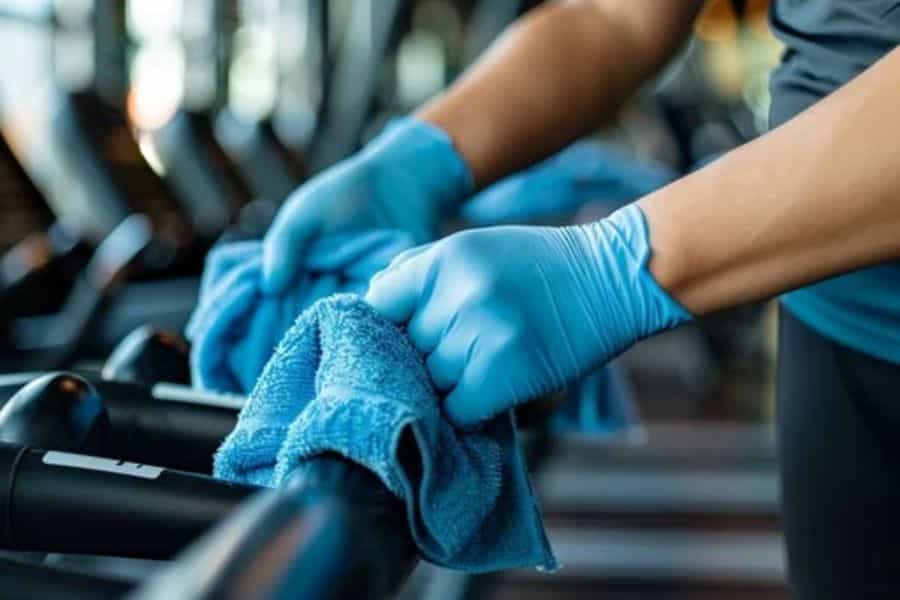
- Tools and Machinery: Mix sodium percarbonate with water to clean and disinfect farming tools and machinery. It helps remove dirt, grease, and potential pathogens, extending the lifespan of your equipment.
- Irrigation Systems: Use sodium percarbonate solutions to clean irrigation pipes and systems. This prevents clogs and buildup of organic matter, ensuring efficient water flow.
How To Use Sodium Percarbonate Safely?
Sodium percarbonate is a fantastic eco-friendly cleaning agent, but it’s important to use it correctly to ensure safety. Here’s how you can handle sodium percarbonate safely and understand its benefits over traditional cleaners like chlorine bleach.
Handling Precautions
Safety first! Always handle sodium percarbonate with care to avoid unnecessary risks. Here are some key precautions:
- Wear Gloves: Protect your hands by wearing gloves whenever you handle sodium percarbonate. This prevents skin irritation that can occur from direct contact.
- Avoid Contact with Skin and Eyes: If sodium percarbonate comes into contact with your skin or eyes, it can cause irritation. Always wash your hands thoroughly after handling it and avoid touching your face.
- Use in Well-Ventilated Areas: When using sodium percarbonate, especially in larger quantities, ensure the area is well-ventilated. This helps disperse any dust and prevents respiratory irritation.
- Store Properly: Keep sodium percarbonate in a cool, dry place, away from moisture. Improper storage can cause it to degrade and lose effectiveness.
Potential Irritations
While generally safe, sodium percarbonate can cause irritation if mishandled. Here’s how to avoid common issues:
- Skin Irritation: If sodium percarbonate comes into contact with your skin, rinse the affected area with plenty of water. Wearing gloves can help prevent this irritation.
- Eye Irritation: If it gets into your eyes, flush them immediately with water for several minutes and seek medical attention if irritation persists.
- Inhalation: Avoid inhaling the powder by ensuring proper ventilation and using it carefully to minimize dust. If inhaled, move to fresh air and seek medical advice if you experience difficulty breathing.
Also, read the safety data sheet for sodium percarbonate.
Try Sodium Percarbonate Today: The Greener Alternative

Ready to try it yourself? Incorporate sodium percarbonate into your cleaning routine for a safer, greener home. Whether you’re looking to boost your laundry’s brightness, clean stubborn stains, or sanitize surfaces, sodium percarbonate is the solution you’ve been searching for.
Here’s how to get started:
- Buy Sodium Percarbonate: Purchase it from eco-friendly stores or online retailers.
- Follow Safety Guidelines: Handle with care, use gloves and work in well-ventilated areas.
- Use in Various Applications: Try out the DIY methods and other uses mentioned in this guide.
- Experience the Difference: Notice the cleanliness, lack of harsh chemical odors, and peace of mind knowing you’re using a non-toxic cleaner.
Take the first step towards a more sustainable lifestyle by making this simple switch. Your home, your health, and the planet will thank you.
Sustainability With Ecowiser
At Ecowiser, we are dedicated to promoting sustainable living and providing eco-friendly solutions for a healthier planet. Our mission is to empower consumers to make informed choices that benefit both their homes and the environment.
Ecowiser provides a wealth of information to help you understand the benefits of sustainable products. From detailed guides to DIY tips, we offer practical advice to integrate eco-friendly solutions into your daily life.
We carefully select products that meet high environmental standards. Look for green certifications and endorsements on our website to ensure that you are choosing truly sustainable options.
Join a community of like-minded individuals who are committed to making a positive impact on the environment. Check out our sustainable product store!
Summing Up!
Switching to sodium percarbonate is a smart and sustainable choice for your home cleaning needs. This remarkable compound is non-toxic, eco-friendly, versatile, and incredibly effective. It offers a safer alternative to harsh chemicals like chlorine bleach, ensuring the well-being of your family, pets, and the environment.
Sodium percarbonate’s biodegradability and minimal environmental impact make it a top choice for those committed to green living. Its versatility means you can use it across various cleaning applications, from laundry to surface cleaning and beyond. Plus, its powerful cleaning action ensures that you don’t have to compromise on cleanliness and hygiene.
Ready to make the switch? Incorporate sodium percarbonate into your cleaning routine for a safer, greener home. Start by purchasing it from eco-friendly stores or online retailers, and follow the safety guidelines provided. Experiment with the DIY guide and discover the many uses of this versatile cleaner.
By choosing sodium percarbonate, you’re not just opting for a cleaner home; you’re also making a positive impact on the environment. Join the movement towards sustainable cleaning today, and experience the benefits of a cleaner that’s better for you, your home, and the planet. For more information and tips on sustainable living, explore additional resources on non-toxic cleaning solutions. Together, we can create a healthier, greener world.
Frequently Asked Questions (FAQs)
1. What is sodium percarbonate and how does it work as a cleaning agent?
Sodium percarbonate is a compound made up of sodium carbonate and hydrogen peroxide. When dissolved in water, it releases oxygen, which acts as a powerful stain remover and disinfectant. This makes it effective for cleaning, whitening, and deodorizing various surfaces and fabrics.
2. Is sodium percarbonate safe to use on all fabrics and surfaces?
While sodium percarbonate is generally safe for most fabrics and surfaces, it is always recommended to perform a patch test on a small, inconspicuous area first. It is suitable for use on whites and colorfast fabrics, but it should not be used on delicate items like silk, wool, or leather, as it may cause damage.
3. How can I use sodium percarbonate in my laundry routine?
To use sodium percarbonate in laundry, add about 1-2 tablespoons to the detergent compartment of your washing machine along with your regular detergent. For stubborn stains, you can pre-soak the clothes in a solution of sodium percarbonate and warm water for a few hours before washing.
4. Can sodium percarbonate be used for general household cleaning?
Yes, sodium percarbonate is versatile and can be used for various household cleaning tasks. You can make a cleaning solution by dissolving it in water and using it to clean and disinfect surfaces like countertops, tile grout, sinks, and bathtubs. It is also effective for removing mold and mildew. Always rinse thoroughly after cleaning.




